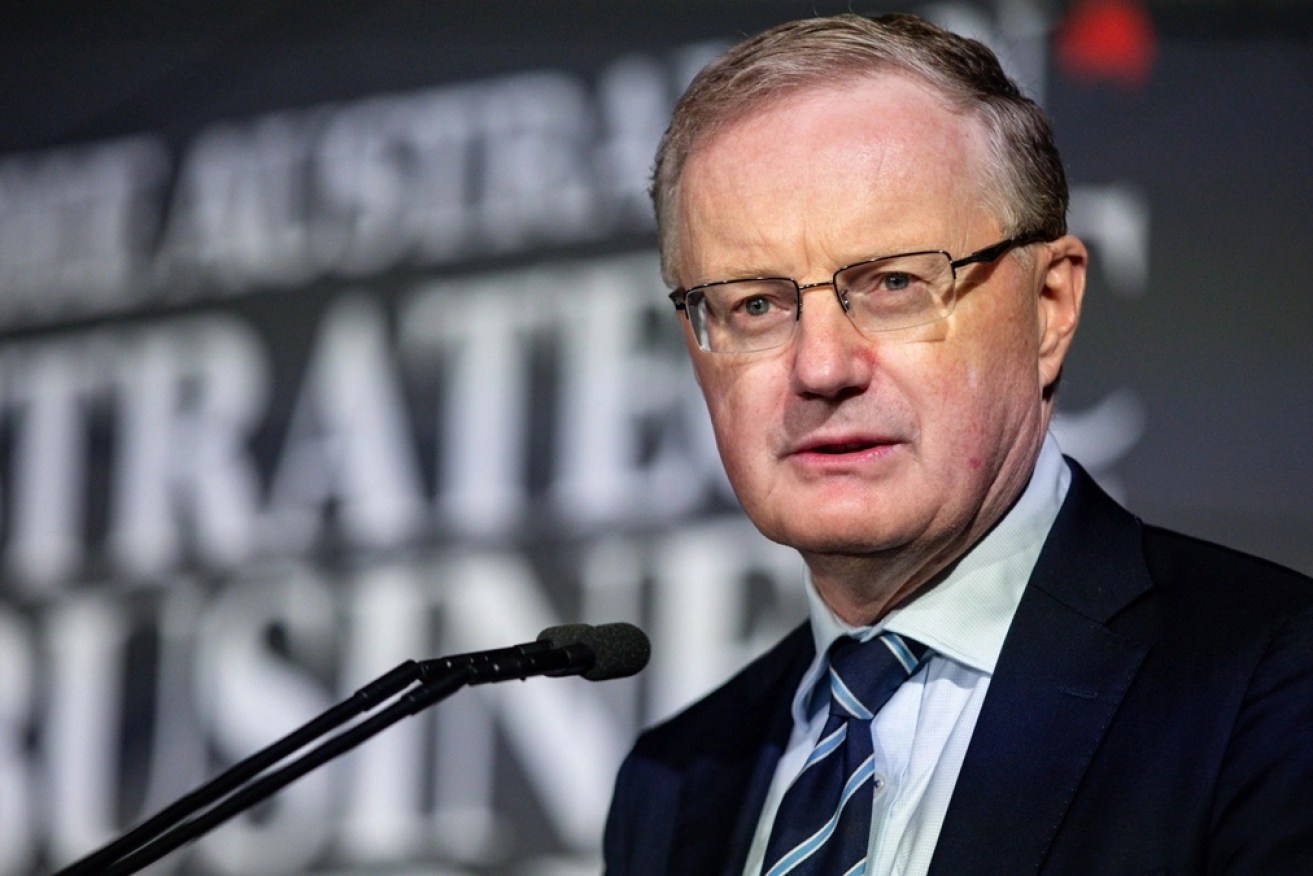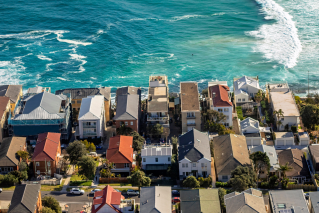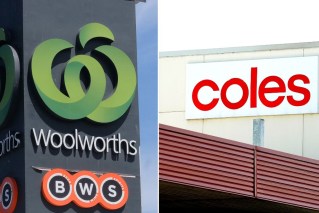‘A lot of uncertainty’: RBA warning on rate hikes as inflation soars and jobs set to fall


Reserve Bank of Australia governor Philip Lowe says whether he stays on is up to the government. Photo: AAP
RBA governor Philip Lowe says the pain on households of higher interest rates is necessary to avoid the “evil of inflation” haunting Australians for longer.
Dr Lowe said not hiking “strongly” now could allow inflation to persist, leading to even higher rate hikes in the future and the risk of a severe recession.
“If this were to happen, the evil of inflation would be with us for longer and the eventual increase in interest rates needed to bring it down would be greater,” he warned.
“This would increase the risk of a severe recession and a sharp rise in unemployment.
“It would be much better to avoid such a costly outcome and so we have acted strongly to avoid it,” he said.
At a dinner on Tuesday night, Dr Lowe revealed the board had discussed the pain rate rises inflict on families as well as the damage inflation does to people and the economy.
“I understand that the higher interest rates that are needed to bring inflation under control are unwelcome by many people,” he said.
He took the opportunity to back the bank’s decision on Tuesday which he said was needed to fight the “scourge” of inflation.
Dr Lowe said while the outlook was deteriorating, Australia should still avoid a downturn.
“The board is seeking to return inflation to the 2 to 3 per cent range, while at the same time keeping the economy on an even keel,” he said.
“It is still possible to do this, but there is a lot of uncertainty and we could be knocked off that narrow path, not least because of developments elsewhere in the world.”
After announcing the seventh straight interest rate hike on Tuesday, the RBA published predictions that inflation will peak higher this year than previously feared, and will stay above RBA targets for longer.
The outlook for economic growth and employment has deteriorated.
More rate hikes will be needed to curb worsening inflation, Dr Lowe said, suggesting the board may even return to bigger monthly increases.
“We are conscious that interest rates have been increased by a large amount in a very short period of time and that higher interest rates affect the economy with a lag,” he told an audience in Hobart, Tasmania.
“If we are to stay on that narrow path, we need to strike the right balance between doing too much and too little.”
Grim forecasts suggest higher rates
The RBA is raising rates to force households to tighten their belts, which should reduce demand for goods and services and make it harder for the business community to pass through even more price increases.
But the backdrop for this inflation fight is deteriorating rapidly, according to fresh forecasts unveiled by the RBA on Tuesday.
Dr Lowe said that inflation is set to peak about 8 per cent this year – earlier forecasts were 7.75 per cent.
And inflation is tipped to stay higher for longer, only falling to 4.75 per cent in 2023, compared to August’s forecasts of 4.3 per cent.
KPMG senior economist Sarah Hunter said the updated predictions are a reflection of new disruptions that are putting pressure on price growth.
“They’re factoring in additional headwinds and shocks,” Dr Hunter said.
“Impacts from floods they wouldn’t have anticipated in August and some additional impacts around energy prices.”
Floods raise food prices
Recent flooding across New South Wales has been blamed for a huge spike in grocery prices over the September quarter, while more recent floods in Victoria are predicted to push food prices even higher later this year.
Meanwhile, the federal government is predicting energy bills will soar by 56 per cent over the next two years amid far higher commodity prices.
“East coast floods are adding to the upward pressure on food prices, and next year there are likely to be very large increases in the prices households pay for gas and electricity,” Dr Lowe said on Tuesday night.
BIS Oxford senior economist Sean Langcake said the RBA is likely to raise rates more than previously to deal with this higher inflation, which will put more pressure on economic growth and the jobs market.
The RBA trimmed its growth forecast by about 0.8 percentage points on Tuesday, and said the jobless rate will go above 4 per cent in 2024.
This partly reflects a lower growth outlook globally, with major nations such as the United Kingdom and United States set for a recession.
“I suspect if you factor in that they have downgraded the growth outlook as well, it suggests they’ll go harder,” Mr Langcake said.
“It signals they’ve got a few more [rate rises] in them.”
The interest rate target has risen from 0.1 per cent in May to a nine-year high of 2.85 per cent.
Markets are already pricing rates to rise to 3.81 per cent by May, which would imply almost another full percentage point of hikes.
Risk of downturn rising
Though the RBA has not forecast a recession in Australia, economists said the risk of a local downturn is rising as growth forecasts worsen.
By increasing rates the RBA wants to squeeze household budgets and force them to reduce spending on goods and services.
This should then make it harder for businesses to pass on further price increases.
But doing this carries the risk that spending falls too much and growth goes backwards, resulting in more job losses and lower wage growth.
Dr Hunter said it has become more likely that Australia will suffer a downturn, but noted that “positive fundamentals” remain, such as resilient spending among households.
“Fundamentals look all right, but conditions are challenging,” she said.
The RBA is expected to pass on another interest rate hike in December, which was foreshadowed by Dr Lowe on Tuesday night.
“The board’s base case remains that interest rates will need to go higher still to bring inflation back to target and our forecasts have been prepared on that basis,” he said.








